DNA-based technologies that will change your life
Tomorrow will mark 62 years since the day Watson and Crick built the model of DNA, shortly following the announcement that they had solved “the secret of life”. What if the structure of DNA was never discovered? Would the world be any different? What did the discovery lead to? And now, after years of scientific revolution fueled by it, are there more DNA-based technologies to come?
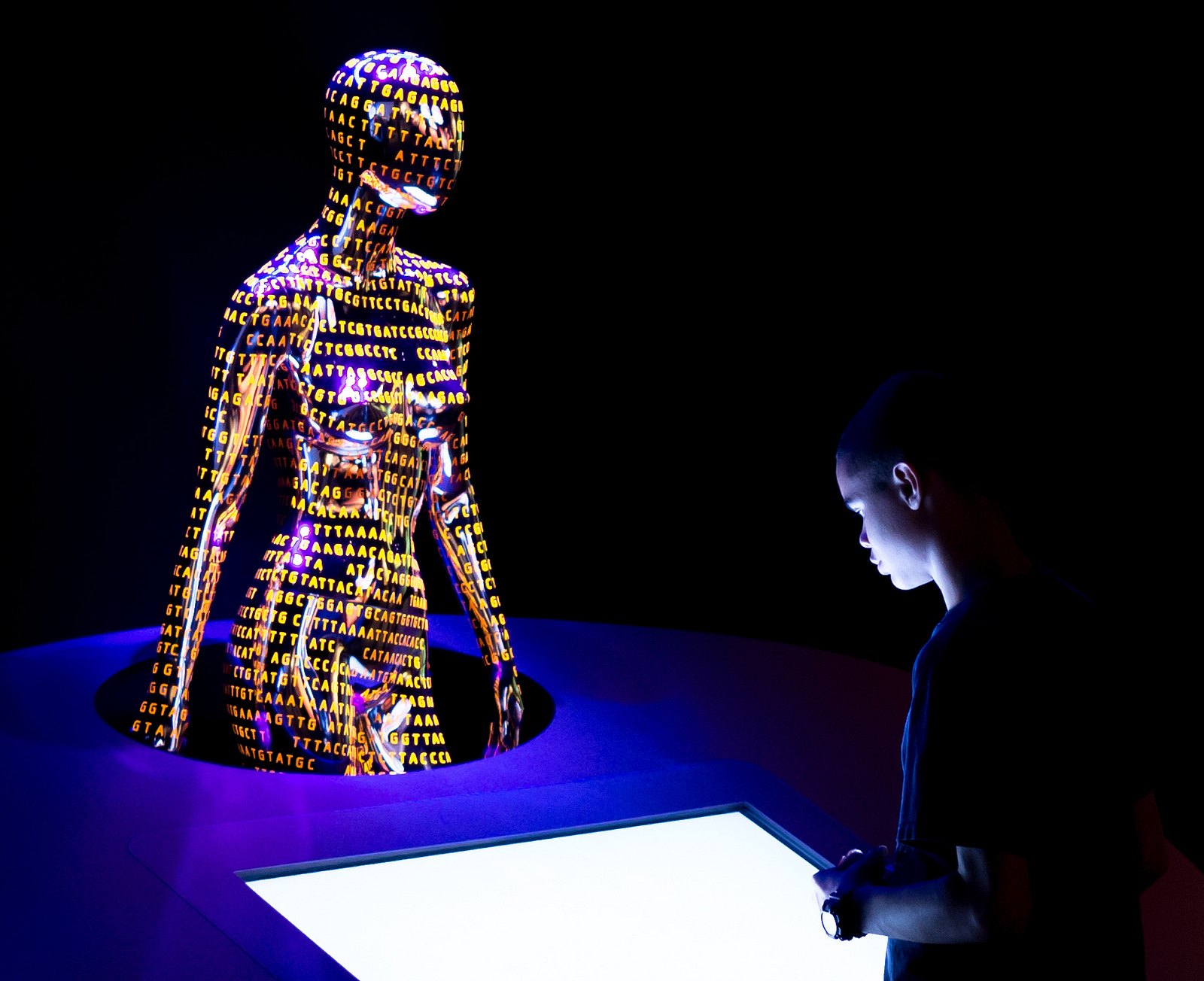
Photo by vpickering.
##What if DNA was never discovered?
We’d live in a pretty lame world, if that were the case. Even if we still landed on the moon. There’d be people dying of incurable diseases, societies experiencing catastrophic food shortages, screwed justice system and crime perpetrators walking around uncaught. Sounds like the world we currently live in? True, but mind you, ours is a much better version of what it was like 60 years ago.
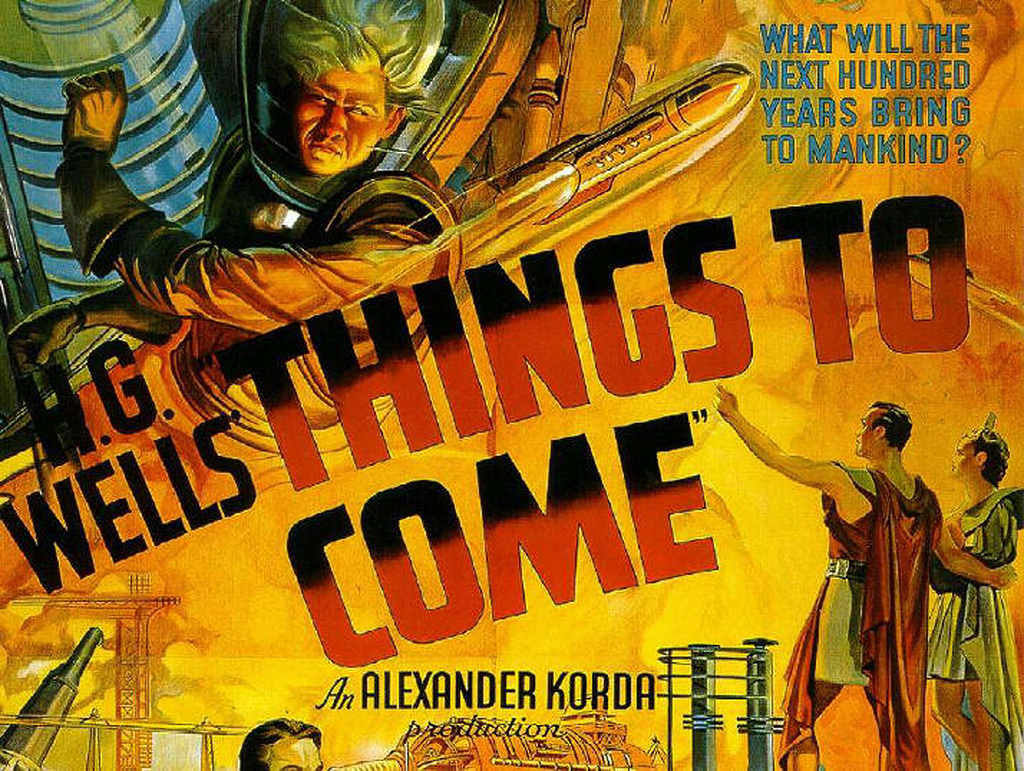
Photo by x-ray delta one.
##What did the discovery lead to?
To many things that were previously deemed impossible. Scientists have cracked human genome, understood the passage of inherited traits, found cure for many genetic disorders, and learned to prevent them. They’ve explained how proteins came forth, developed antibiotics and antivirals, and tracked down our geographic origins. They’ve improved crops to better feed the world, advanced forensic and parenting analyses, and even put the British Royals in a very uncomfortable situation questioning their noble origins. Missed the story? Read about it here and watch this video to catch up:
Are there more DNA-based technologies to come? There certainly are: some — already at work, others — yet to be developed and implemented. Below are just a few examples.
##Liquid biopsy
Anyone who’s ever lain on a medical table waiting for the biopsy to be taken has probably secretly wished that somebody could come up with a less invasive procedure to make that uncomfortable and often painful experience more bearable. Good news — scientists have done it! Named by the MIT Technology Review as one of the 10 breakthrough technologies of 2015, liquid biopsy, which is based on a simple blood test, now offers a minimally invasive alternative. It allows clinicians to detect cancer early on, before patients start experiencing any symptoms.

Photo by Remolacha.net pics.
How does it work? It analyzes the pieces of DNA shed by tumorous cells in the bloodstream and matches the information against the database of known cancer markers. You can learn more about it here and here .
Internet of DNA
With an eye on the nearest future, Global Alliance for Genomics and Health, Personal Genome Project and Google have started building a network that will incorporate all human genomes sequenced thus far and those that are yet to be sequenced. This collaborative initiative, which encourages hospitals and researchers to share their data, will enable large-scale comparison of human genomes and quick diagnosis of rare diseases.
DNA-based data storage
We live in the age of Big Data, which is hard to appreciate unless we look at the numbers. According to IMB, by 2012 we’ve generated 2.7 Zettabytes of digital information (2,700,000,000,000 Gb), 90% of which — over the course of just 2 years. Crazy, huh? Not really, if you compare it with the projected speed of 35 Zb per year starting 2020.
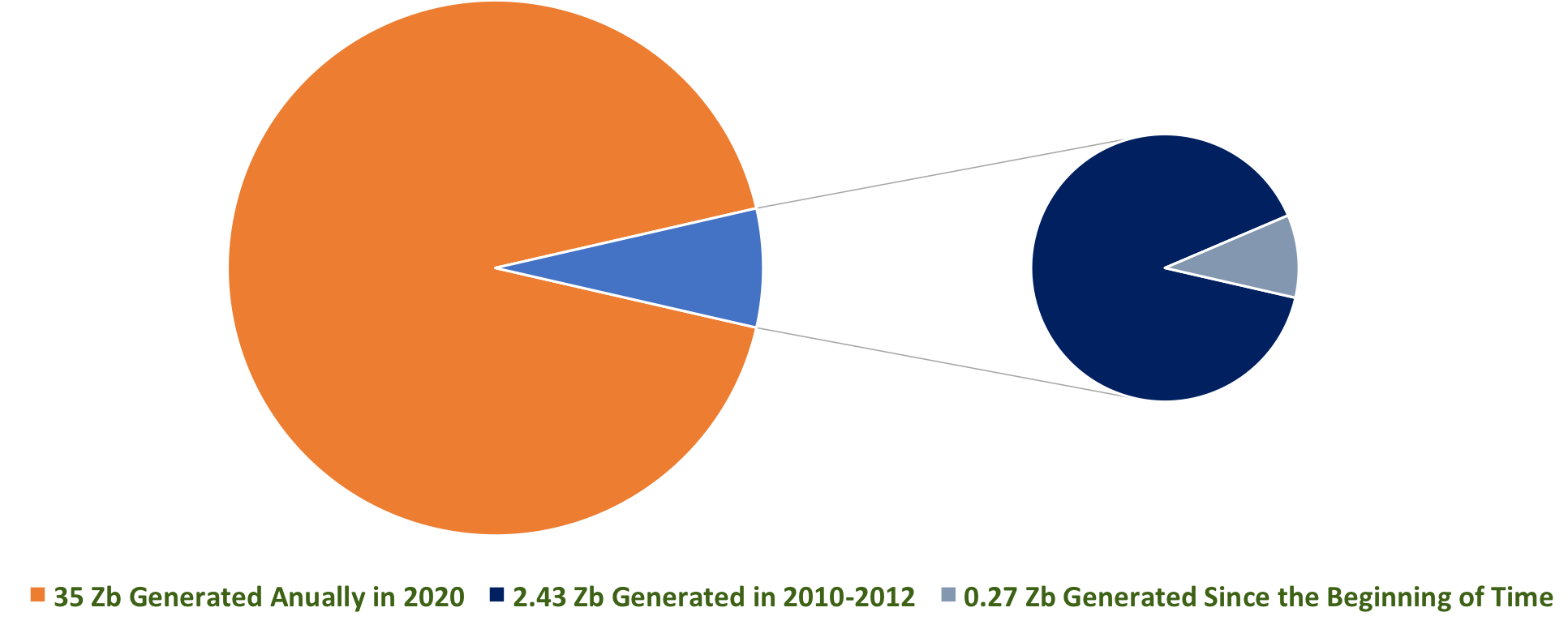
Image by Armen Ilikchyan
To store so much data we need a high capacity storage. And DNA can be the one. The first person to suggest that was a Soviet physicist Mikhail Neiman, back in the late 1960s. But it wasn’t until 2012, when Harvard scientists successfully encoded 700Tb of data in a gram of DNA. . Another group then quickly topped their success by encoding 154 of Shakespeare’s sonnets on small DNA segments. . And last month, Swiss researchers have claimed to have a way of preserving all the world’s data for nearly eternity in just 4 g of fossilized DNA . What about data retrieval? They also say they can do it error-free.
Deoxyribonucleic acid is a full name of the mighty molecule. Watson and Crick have rightly called it the “secret of life”. Enjoy watching the video and appreciate its beauty and might:
BBC Knowledge Explainer DNA from Territory on Vimeo.
See also
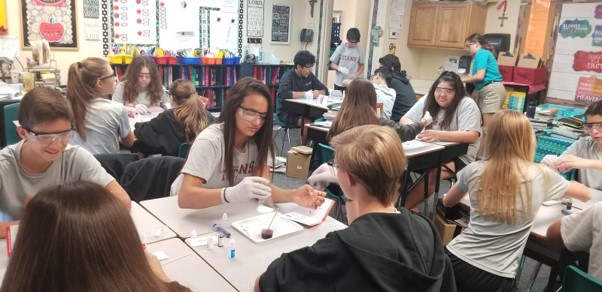
CASE STUDY - 8th Grade students at St Timothy's Catholic School use MEL Chemistry to enhance their science lessons
Saint Timothy Catholic School in Mesa is committed to promoting academic excellence in each child it looks after. They encourage self-discipline, self-respect, and respect for others. They understand the importance of engaging students in a comprehensive and relevant curriculum. As a result, the middle school science teacher from St. Timothy Catholic School is using MEL Chemistry subscriptions to enhance and expand their range of learning activities.
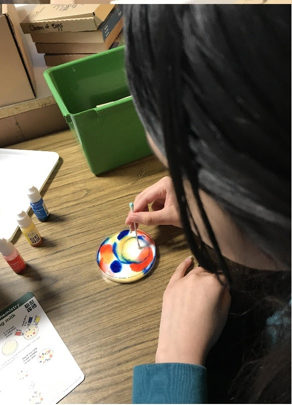
CASE STUDY - MEL Chemistry allowing pupils to reach their full potential
The Empower Learning Center is the Alternative Learning Program (ALP) within the Hinckley-Finlayson School District. They offer non-traditional education options for students ages 16-21 in their daytime program, night school for traditional high school students who need to make up credits, and night school for adults 18 and older who would like to complete their diploma or equivalency.
The school was seeking engaging, hands-on chemistry kits to make their science classes more interactive, and to help their students understand key science concepts and achieve their full potential in chemistry.
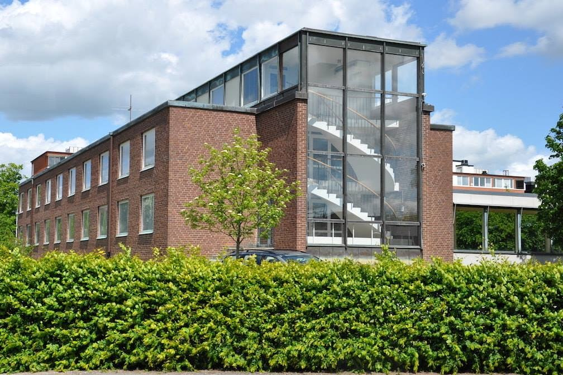
CASE STUDY - MEL Chemistry at Lund International School, Sweden
Emma Taylor, a science teacher at Lund International School (Sweden), has chosen MEL Chemistry sets as the best option for her students’ science classes. In Lund International School, all programmes are taught in English, and having chemistry sets in English are a great asset to accompany science classes.
Here, Emma shares her experience of how MEL Chemistry sets improved her students’ comprehension and understanding of science concepts.